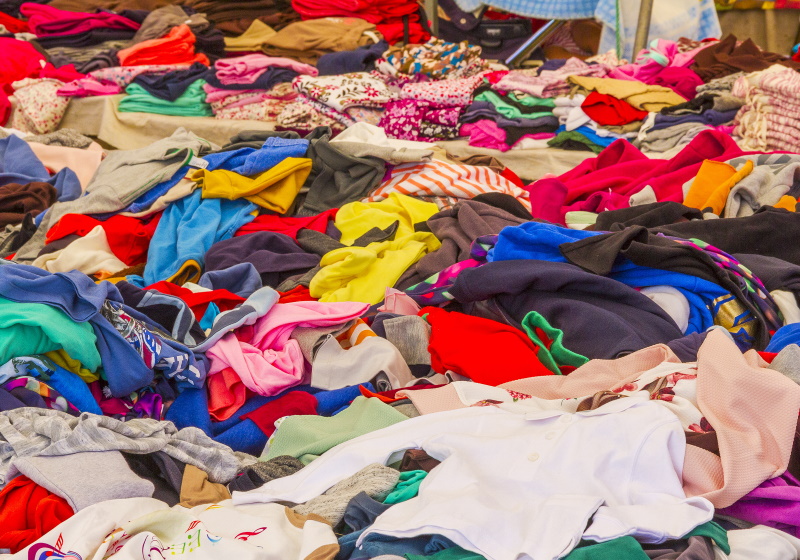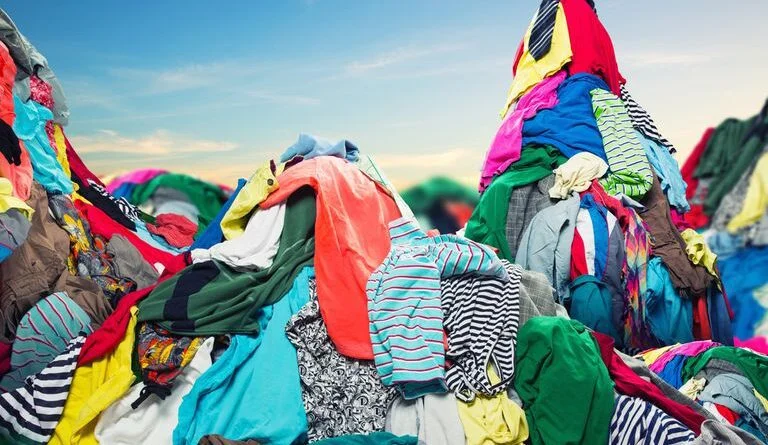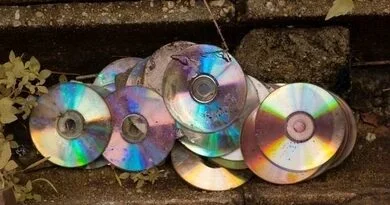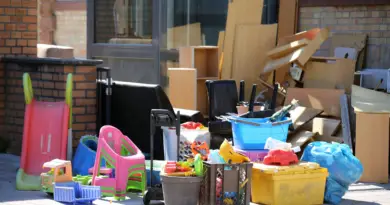Textile Recycling Process Complete Guide
Waste management is a difficult problem to solve. According to research, every year more than 500 billion pounds of textile materials are discarded. Fortunately, there are several ways to recycle them.
Textile recycling is an important way to reduce waste and conserve resources.
It also has several other benefits, including reducing the need for new textile production, which can harm the environment.
Recycling textiles can also help to create jobs, both direct and indirect.
Moreover, this guide describes the steps involved in the textile recycling process.
It is recommended that you read the entire guide before you begin this process.
Textile Recycling Process
There are many steps or stages involved in textile recycling. However, this guide explains in detail the steps through which textiles can be recycled.
When it comes to textile recycling, there are two ways involved, which include recycling the textiles for reusing them and recycling them into a new product.
These two ways have the same process, but at some point, the process differs.
Read Also: Computer Recycling Complete Beginners Guide
So, here is the process through which textiles are recycled;
1. Collection
The first step involved in the process of recycling textiles is collecting the textiles that are to be recycled.
This can be done through a variety of means, such as donations, clothing drives, and household textile collection programs.
2. Sorting
Once the textiles have been collected, the second step in the recycling process is to sort them out.
The textiles should be sorted into different categories based on their composition and quality.
The most common types of fibres used in textile production are cotton, wool, and synthetic fibres such as polyester and nylon.
3. Cleaning
After the textiles have been sorted, they should be cleaned, and then sent to a textile recycling facility.
At the facility, the textiles are further sorted and processed.
The process is to remove any contaminants, such as buttons, zippers, and other non-textile materials.
Read Also: Copper Recycling: The Benefits and Reasons To Recycle Copper
4. Recycling
This stage is the last stage of the recycling process. As earlier mentioned, there are two reasons why textiles are recycled, which include; being reused and being turned into a new product.
At this stage, textiles that are to be reused will be repurposed, while the ones to be turned into new products will continue in their recycling process.
At this stage, the most common method for recycling textiles into new products is mechanical recycling, which involves breaking down the textile into its parts and then using those parts to create new textiles.
Other methods of recycling include chemical recycling, where the textile is broken down into its fibres and then those fibres are used to create new textiles, and thermal recycling, where the textile is burned to create energy that can be used to power industrial processes.

Textile Recycling Near Me
Finding a textile recycling facility near you can sometimes be difficult, especially if it’s your first time recycling your textile waste. But, with the help of mobile phones and the Internet, it is easier to get them even without going to the facility.
With mobile phones, you can connect directly to textile recycling firms near you.
Most textile recycling firms offer to drop off services. However, you can find many textile recycling firms in your area.
Read Also: How to Recycle and Repurpose Plastic Items for Reuse
Textile Recycling NYC
According to GrowNYC, NYC residents cover nearly 200,000 tonnes of textiles every year, at a cost to taxpayers and the environment.
The average New York resident tosses out 46% of clothes and other textiles into landfills every year.
However, with the help of recycling facilities within NYC, most of the costs paid to taxpayers would be drastically reduced.
Moreover, there are several textile industries you can find in NYC.
American Textile Recycling Service
According to the American textile recycling service, Americans generate 251 million pounds of trash each year, with 135 million pounds of that trash ending up in landfills and incinerators.
They also state that 100% of textile waste can be recycled, but 70% of it ends up in landfills, while 30% of it is recycled.
The American Textile Recycling Service is an organisation that offers recycling services within America.
They collect donations from all different locations, things that are being collected include; used clothes, shoes, socks, belts, scarfs, hats, undergarments, and toys.
Read Also: Top Finance Companies to Get a Loan – Mariner Finance, Nissan Finance, Snap Finance, etc.
Goodwill Textile Recycling
Goodwill textile recycling has taken over the textile recycling industry. They can be found in different locations around the world. When it comes to recycling your textiles, goodwill recycling is the best option.
At goodwill, they are other services offered by the company, and for more information about Goodwill recycling, you can check them out on their official website or social media handles.
Textile Recycling Chicago
Just like every other textile industry, Chicago recycling has no exemptions.
Chicago recycling offers a variety of services, which also include textile recycling, which helps reduce environmental pollution.
Read Also: 4 Stress-Free Farm Animals (Animal Husbandry) to Raise with Low Start-Up Cost



